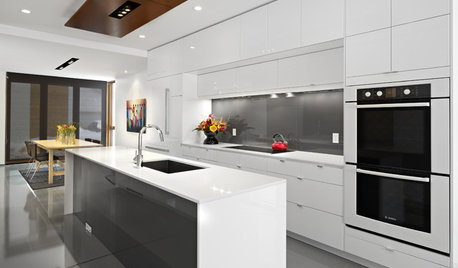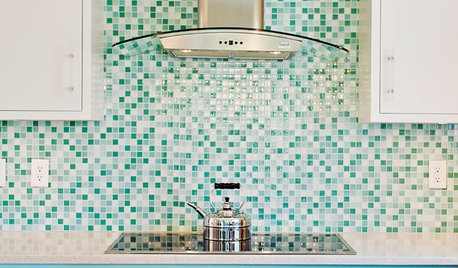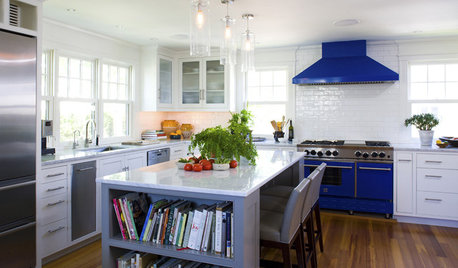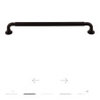bluestar vs bertazzoni simmer rates
annes_arbor
16 years ago
Related Stories

KITCHEN APPLIANCESFind the Right Oven Arrangement for Your Kitchen
Have all the options for ovens, with or without cooktops and drawers, left you steamed? This guide will help you simmer down
Full Story
KITCHEN DESIGNHow to Find the Right Range for Your Kitchen
Range style is mostly a matter of personal taste. This full course of possibilities can help you find the right appliance to match yours
Full Story
KITCHEN DESIGN9 Popular Stovetop Options — Plus Tips for Choosing the Right One
Pick a stovetop that fits your lifestyle and your kitchen style with this mini guide that covers all the basics
Full Story
KITCHEN DESIGNSo Over Stainless in the Kitchen? 14 Reasons to Give In to Color
Colorful kitchen appliances are popular again, and now you've got more choices than ever. Which would you choose?
Full StoryMore Discussions









weissman
guadalupe
Related Professionals
East Peoria Kitchen & Bathroom Designers · Montebello Kitchen & Bathroom Designers · Owasso Kitchen & Bathroom Designers · Woodlawn Kitchen & Bathroom Designers · Jefferson Hills Kitchen & Bathroom Remodelers · Payson Kitchen & Bathroom Remodelers · Red Bank Kitchen & Bathroom Remodelers · Shawnee Kitchen & Bathroom Remodelers · Upper Saint Clair Kitchen & Bathroom Remodelers · Aspen Hill Cabinets & Cabinetry · Effingham Cabinets & Cabinetry · Glendale Heights Cabinets & Cabinetry · Homer Glen Cabinets & Cabinetry · Lakeside Cabinets & Cabinetry · Prospect Heights Cabinets & Cabinetrymindstorm
annes_arborOriginal Author
guadalupe
markw
abd1
mindstorm
weissman
markw
alexrander
mindstorm
alexrander
alexrander
markw
guadalupe
markw